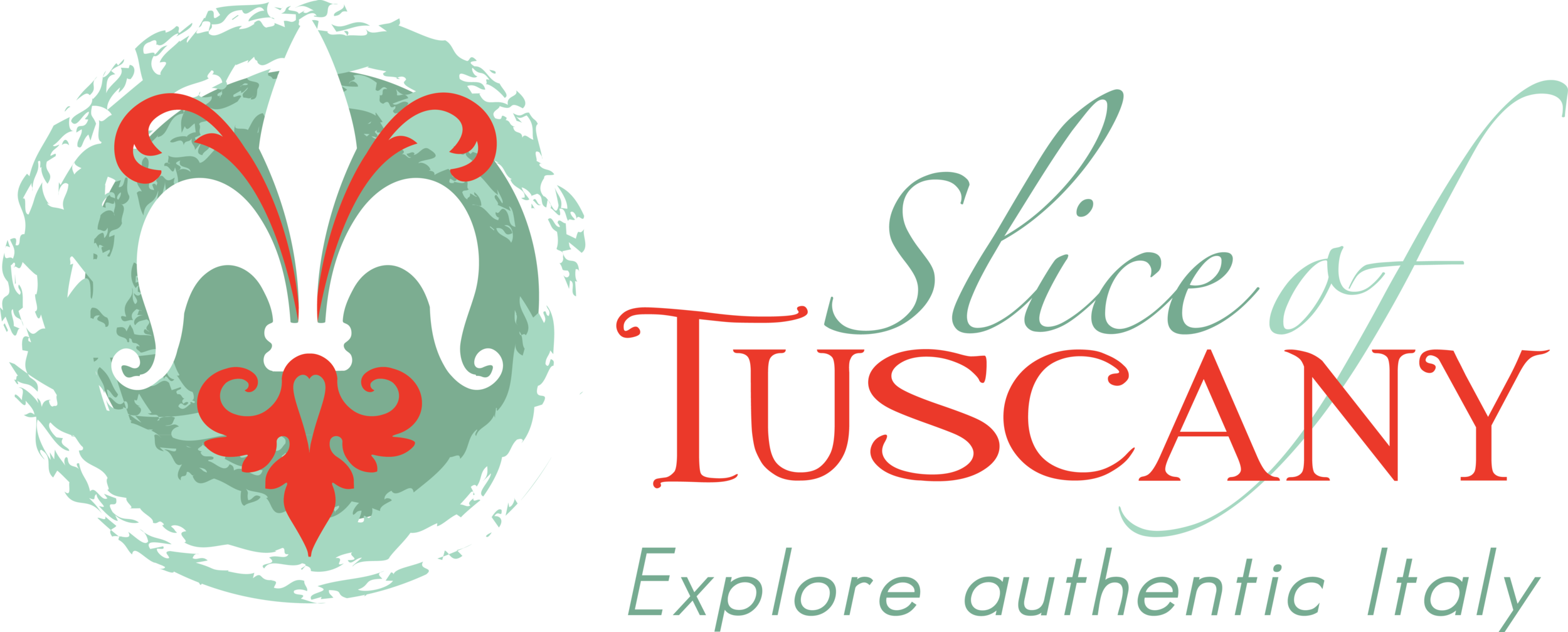Gelato: The Difference Between Authentic and Fake
By Michela Diletti, Florence
“When I was younger, my family and I used to take trips to Italy every summer. Being a little kid, of course I craved gelato almost every day. We’d be walking in the city center and I would stop in my tracks to drool over the huge mounds of gelato piled high in gelateria displays. My consistent begging eventually paid off as they reluctantly agreed to let me get a ginormous overflowing cone. But now that my gelato expertise is a little more refined, I now understand why my parents were so against those places! The answer is quite simple: it’s not real gelato.
I know, it looks like gelato and we’re in Italy, so it must be authentic gelato, right? Not always. But don’t worry!
This is not gelato!
Here’s how you can spot authentic gelato:
To start off, gelato is made by using less fat compared to ice cream and is churned at a slower speed in order to ensure less air gets mixed in. This is why gelato is more dense and rich in flavor and ice cream has a whipped and fluffy consistency. Gelato is also served at a higher temperature than ice cream which also contributes to richer flavors. Because of these differences, gelato must be stored and served in a specific way.
This is gelato.
This is gelato
Coming back to the mountains of gelato I used to gawk at, this is a big giveaway that it’s not real gelato. It’s said that if gelato is piled up super high and doesn’t melt, that means lots of vegetable fats and emulsifiers have been added, which is, well, yuck. Not only does it contain unwanted ingredients, it’s also most likely not fresh and is lacking in flavor! Look for gelato kept in metal tins under counter level instead. Extra points if it’s covered with a lid. That means the gelato is being stored at the correct temperature. Also because gelato is so dense, you should see them serving their gelato with a flat metal utensil rather than a scooper.
Are the ingredients seasonal? You’ll know you’ve found a good place if the ingredients used, such as fresh fruit, are in season and can be found in local markets. If not, it’s likely they’re using artificial flavoring and coloring. Gelaterias are also required to list their ingredients for you. If you find ingredients like vegetable oil and artificial flavors/coloring, I’d suggest getting your gelato elsewhere. The list of ingredients shouldn’t be difficult to find either.
Gelato is made with fresh and natural ingredients, so the color should be natural as well. This means no super bright, neon, and vibrant colors. For example, if you find lemon flavored gelato that’s bright yellow rather than white, then coloring has been added. Although, for unusual flavors like mint chocolate chip, which you can find in good and bad places, you will find them to be bright colors. Besides that, extreme coloring on “natural” flavors is usually done to attract tourists.
I hope this has helped you on your quest for real gelato! On your next trip, do a taste test for yourself and try several different kinds. Once you know what to look for, you will immediately taste the difference between real and fake, and will never settle for anything less than the best!”
Some of our favorite spots in Florence for the good stuff:
Gelateria la Carraia • Gelateria della Passera • Vivoli • Gelateria dei Neri




